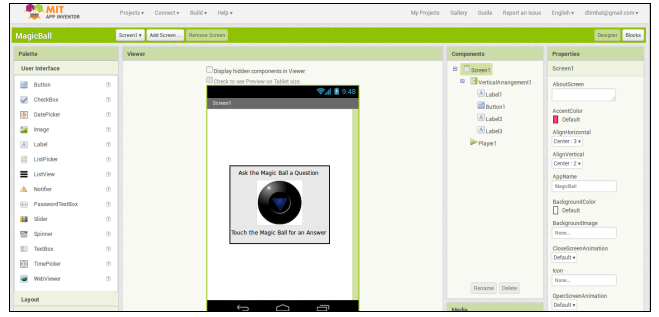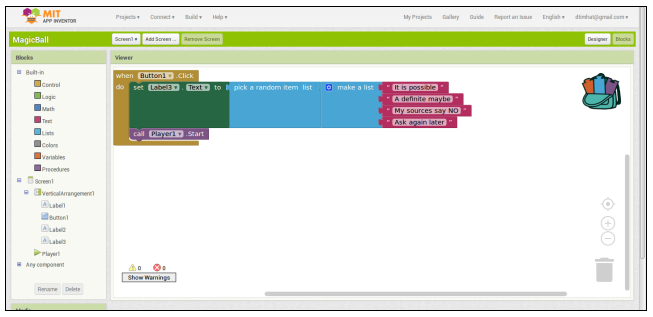NSLIG – March 2018

Back to Meeting Notes 2018
Notes from the March 2018 Meeting
[hr height=”30″ style=”default” line=”default” themecolor=”1″]
The Linux News for this meeting appeared, at first, to be about Microsoft and Windows 10. But it transpired that it is now possible to obtain certain Linux distributions from the Microsoft Store and install and run parts of Linux in a Windows environment. Specifically, once installed the user can open a Linux command window and use items such as bash, apt, ssh, git and a number of other commands.
The apparent change of Microsoft’s attitude to Linux may be driven by developers’ desire to use bash, which is regarded as being more powerful and useful than Microsoft’s Powershell. With Linux in widespread (and increasing) use on server machines, knowledge of, and familiarity with, bash is very useful to developers.
The installation, activation and use of Kali Linux was shown. Kali is widely used as a penetration testing tool, to ensure that networks are safe from hostile intruders. Once the Linux system components are downloaded from the store, the Linux system can be installed via the Windows Sub-system Linux (WSL) component.
Once the Linux system is installed it can be started and commands such as apt-get, cat and bash can be issued. On the Kali web site, there is a video showing how to run a graphics environment – XFCE, specifically. So a user could be running a Linux graphical environment inside or parallel with a Windows one.
The Open Forum session continued a discussion of why Microsoft is much more Linux-friendly than it used to be. One suggested reason that Microsoft is supporting the use of Linux in this way is that their own developers feel the need for the power of bash, and because the use of Linux within their own organisation is expanding.
A question was asked about the availability of Linux-related journals in local newsagents. The consensus was that the sub-agents have only high-volume selling magazines. such as Woman’s Day and New Idea, but the main newsagents do stock some Linux magazines (Eltham and Heidelberg were quoted). However, one should expect to pay up to $20 per copy, or up to $25 if the magazine was shipped via air mail, arriving up to six weeks earlier than the $20 version.
After the social break it was time for the main session of the evening, and David Hatton spoke about and did a brief demonstration of MIT’s App Inventor.
The App Inventor is described as …
”an intuitive, visual programming environment that allows everyone – even children – to build fully functional apps for smartphones and tablets. Those new to MIT App Inventor can have a simple first app up and running in less than 30 minutes. What’s more, the block-based tool facilitates the creation of complex, high-impact apps in significantly less time than traditional programming environments. The MIT App Inventor project seeks to democratise software development by empowering all people, especially young people, to move from technology consumption to technology creation.”
There are three ways of creating an app:
- On an Android device connected via wifi.
- Via an Android emulator on a PC.
- On an Android device connected via USB.
At the meeting the second method was used, with the emulator running on a Linux-based PC. Once the PC-based tool is installed, the app. is created via a web browser (Chrome or Firefox, but not Internet Explorer) on the MIT web site. The emulator was “connected” to the web site and a project started.
The “programmer” can then select items for the user interface. In the demonstration a Button was chosen, along with a Text Box to tell the user to click the button.

A user interface being created in the Designer View
The program logic is created using Blocks, which can be selected after clicking the “blocks” item in the top menu. The left menu changes to show the types of blocks that can be created/included. Simply selecting and dragging the block onto the viewer portion of the screen will activate it, and the arrangement of the blocks determines the “program flow”.

Using the Block View to create a program
There are tutorials and examples on the web site at http://appinventor.mit.edu/explore/
There is plenty of scope for anyone interested to try out the app. inventor and spend many happy hours building and playing with it. And to add some more fun, the app inventor is going to be expanded to build apps. for iPhone and iPad devices running the iOS operating system.


